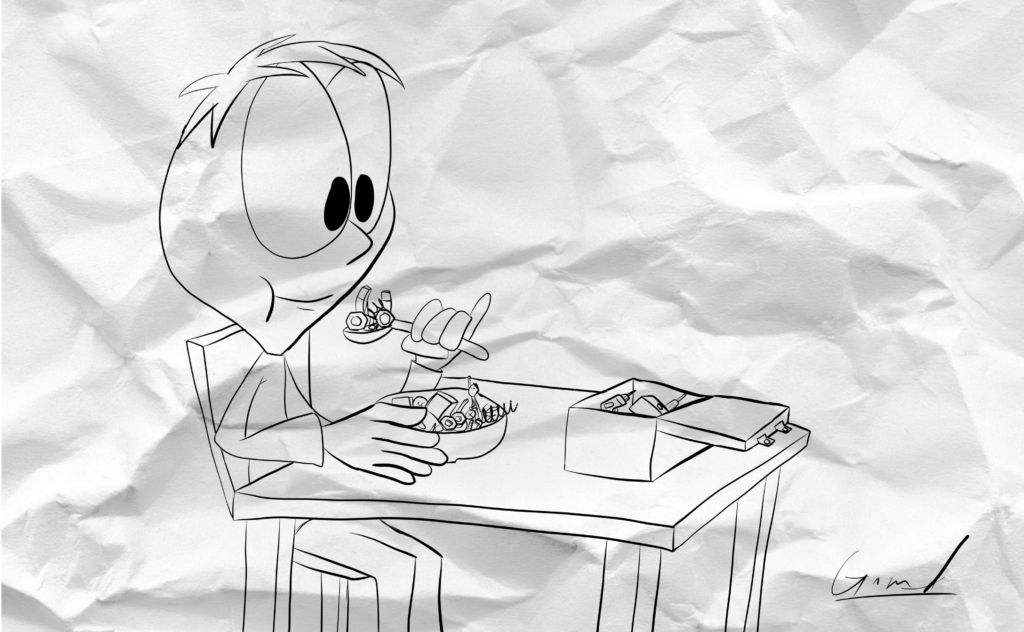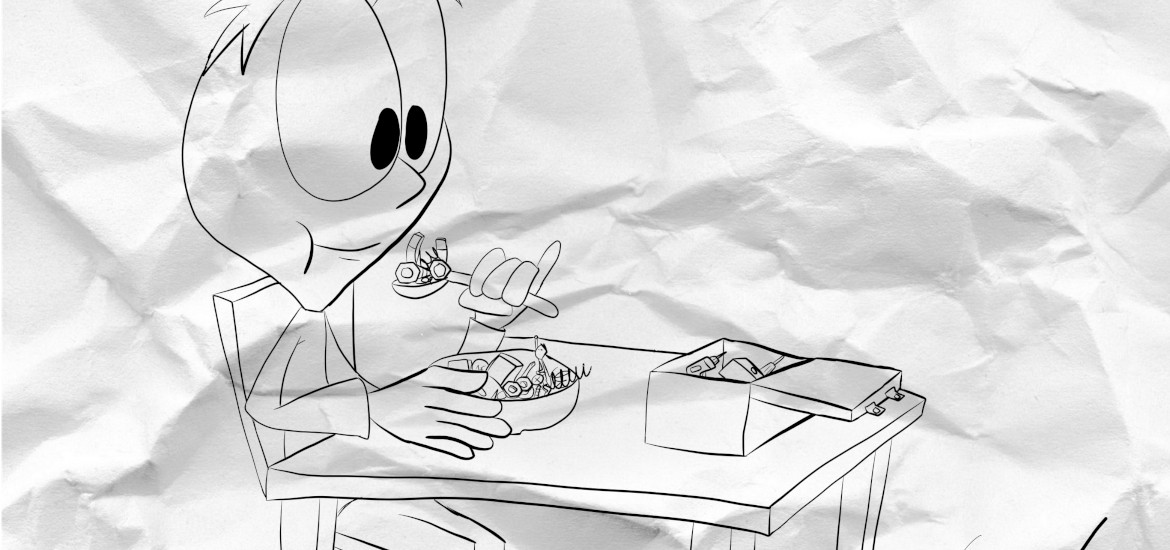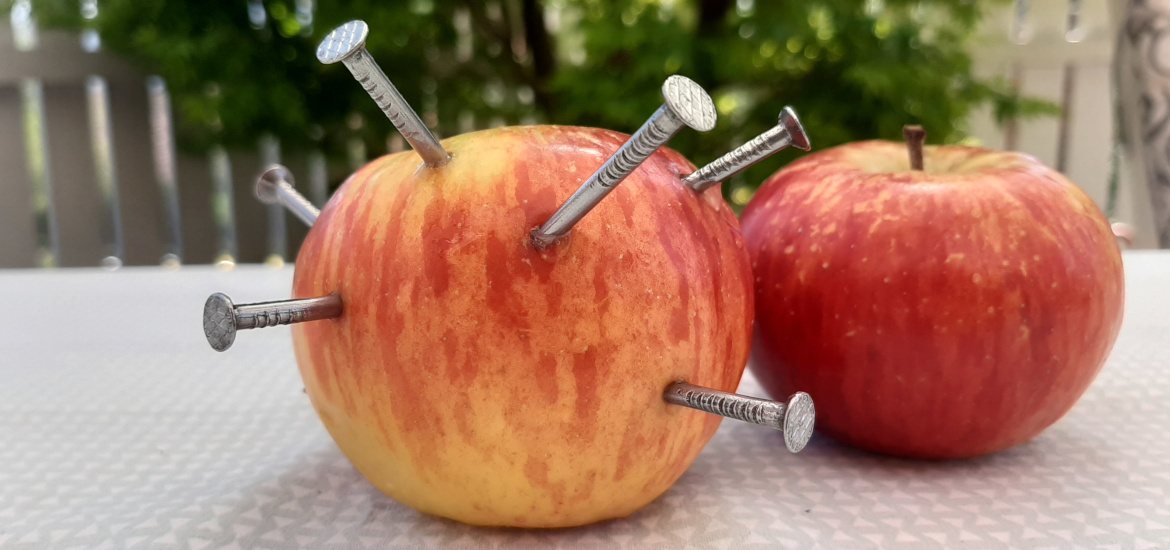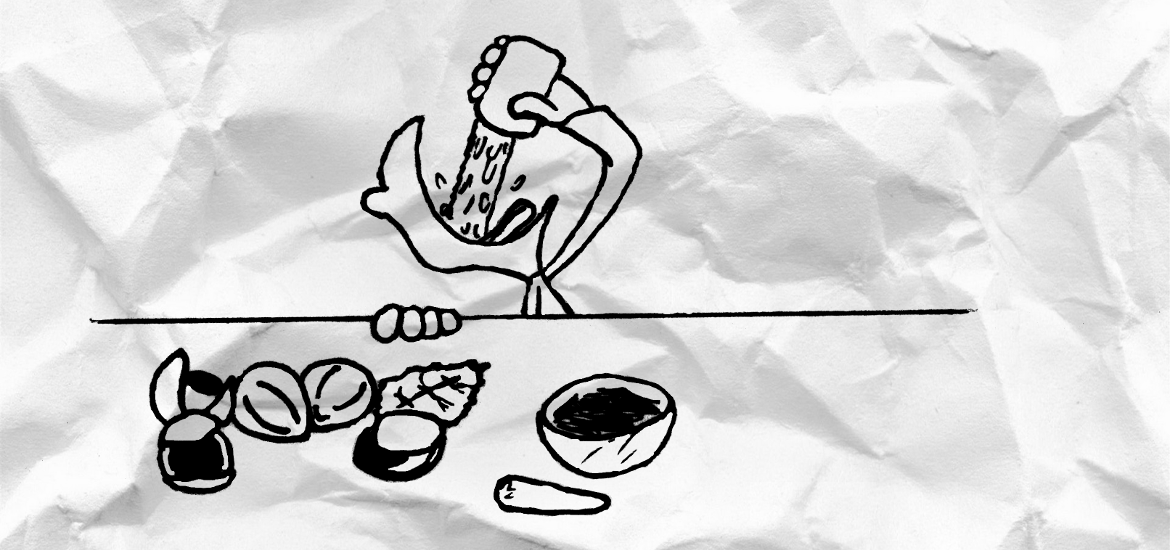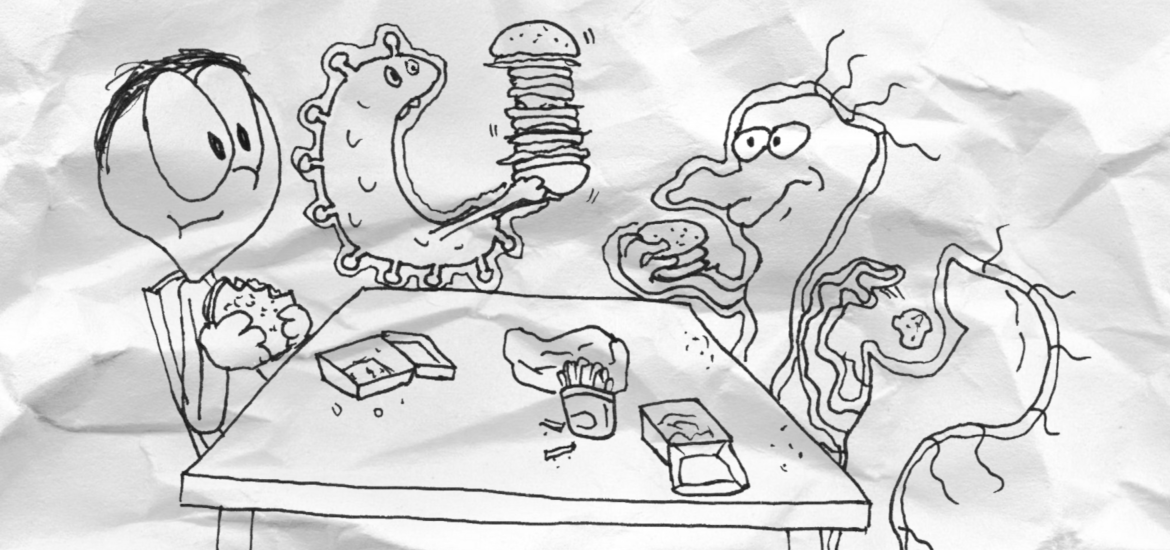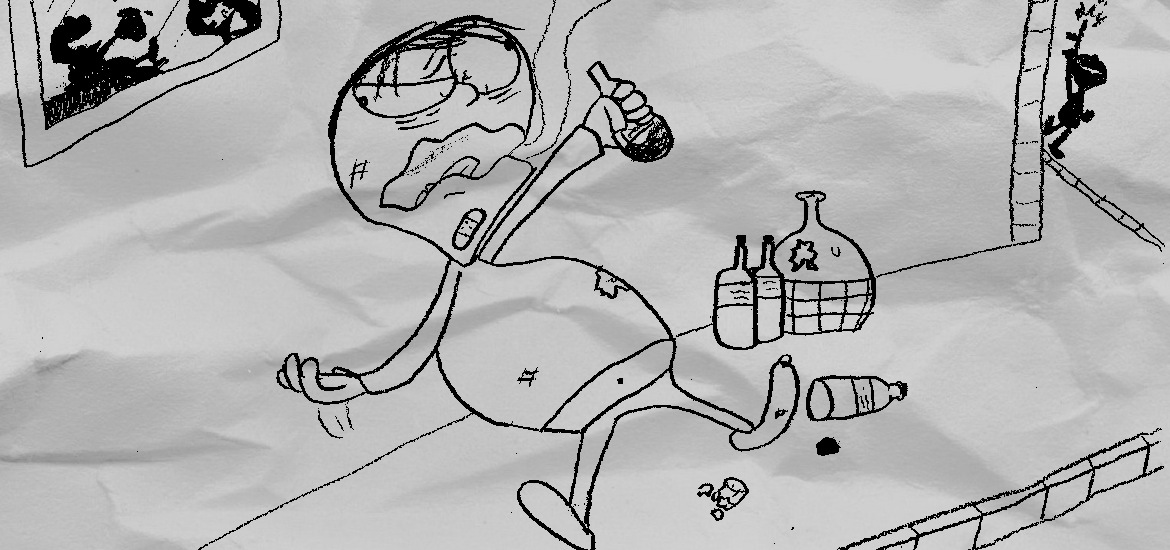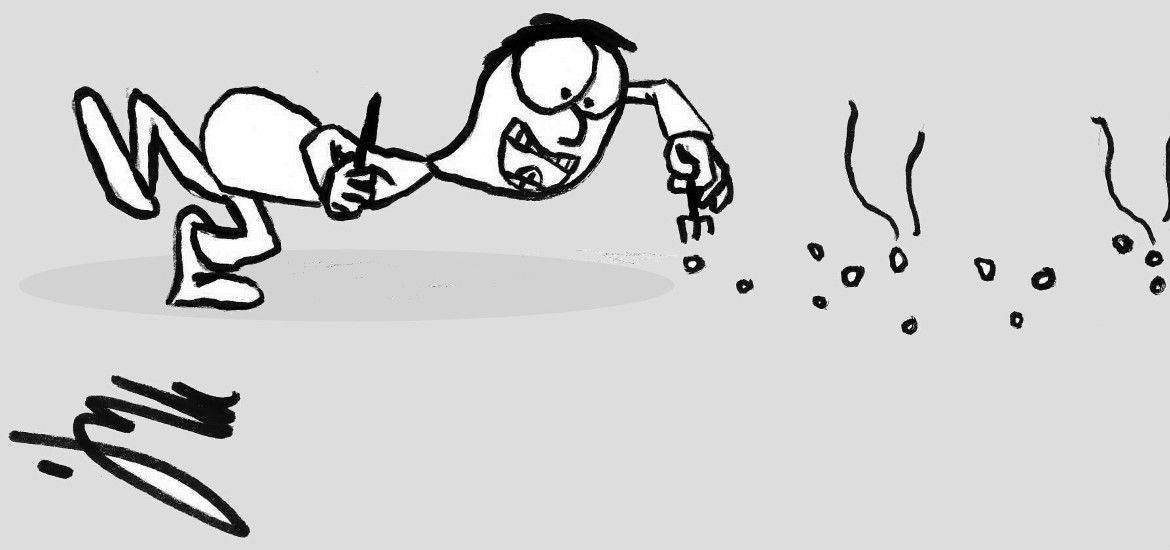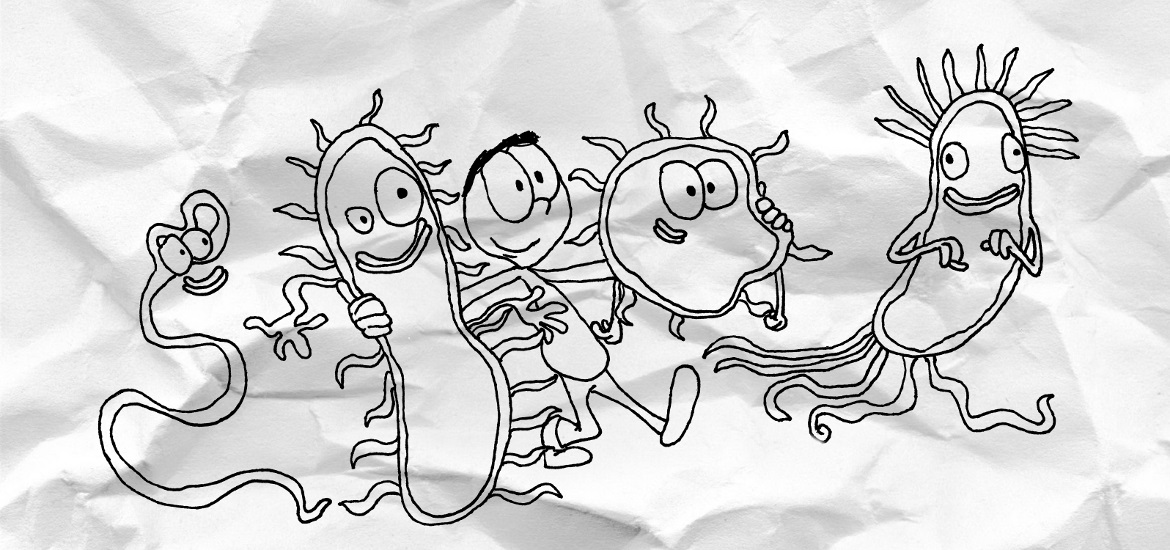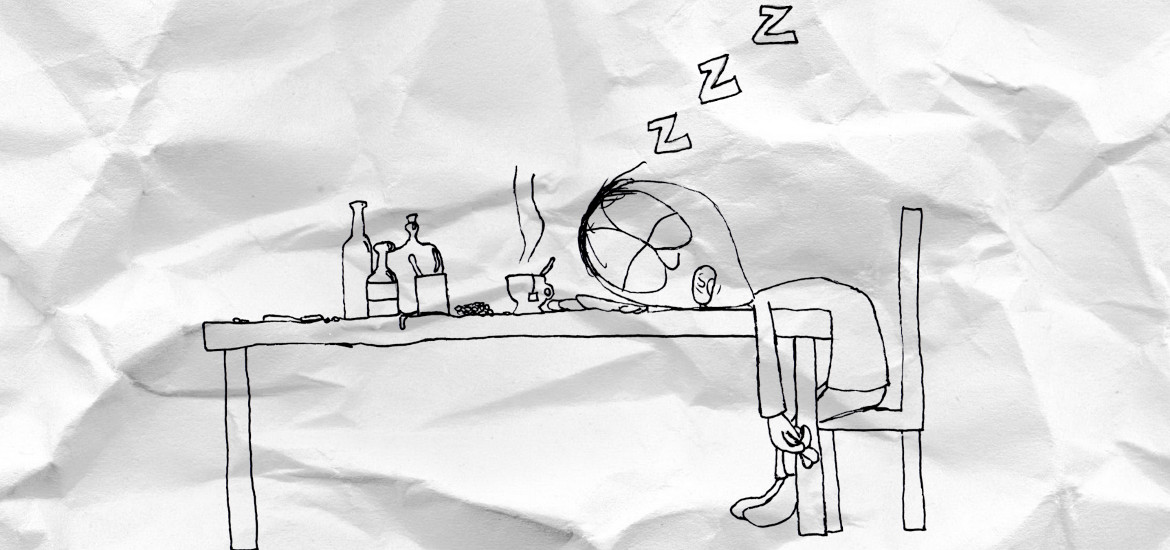Overview
Everybody knows iron in your food is important. If you don’t get enough, you can feel tired and become anemic. So it is important to get enough of it, but not only that. It is important to get it in the form that can get into you body. You can eat a nail that contains enough iron to last you for a month. But not much good will come out of it, since it will pass your body almost unchanged. It is really important that the iron is in the form that your body can absorb. This means the iron should be in a salt form that dissolves in water and can enter your body. But there are numerous possibilities for iron salts, which complicates the matter. Are all of them equal, or are some better than others? And to go even further: are there other substances which enhance iron absorption by the body? And finally: what do we have to eat to get enough iron?
The source
Luckily the web can provide almost complete answer on one site. Since it was last updated in 2001, we just need a quick check, if the answer the page provides are still true. Not to keep you waiting: the site is still completely valid and provides a great overview.
Are all iron forms the same?
Iron is best absorbed from hem, followed by 2+ salt and lastly 3+ salts.
Fact check in 2019: This still holds true today, with no surprise, since this is relatively easy to measure. Besides, lower solubility of 3+ iron compared to 2+ iron also makes it clear that 2+ iron is absorbed faster and in greater quantities. For confirmation look here and here.
Other substances that enhance/reduce iron absorption

Some substances (e.g ascorbate, citrate) enhance iron absorption, while other (e.g. tannines, antacids, lead) decrease iron absorption.
Fact check in 2019: This is somewhat more difficult to approve or disapprove even after 18 years. Decreased absorption is more evident, and in some cases based on logical predispositions (e.g antacids increase stomach pH and in turn leading to undissolved iron 3+ form, binding by tannines, ect…). But even here everything is not black and white – even for tannins and antacids. In general we can say that decreased absorption is expected with calcium, tannins, antacids and phytates.
It is even trickier with increased absorption, since it is harder to prove or show. Ascorbic acid, citric acid and amino acids should improve absorption in theory. Ascorbic acid is the most famous (and studied) in this regard, since it can convert insoluble iron 3+ to soluble 2+. However, even here it’s not so clear cut. Its effects are mostly seen as countering those of iron absorption inhibitors, not directly promoting absorption. Other absorption aids are even less well researched than ascorbic acid, hence their action is even more tricky to interpret.
In summary, all these substances work to some extent, but iron absorption is too complex to be directly linked to certain substance. In everyday diet there are just too many factors, hence with changing just one we cannot expect always the same outcome. We can only speak generally, which in the end does count for something. So, if we avoid substances that decrease iron absorption and, probably even more important, including the ones that increase it (ascorbic acid is the best choice), we can be fairly certain that the iron that we eat will also end up in our blood.
What is on the menu?
Finally, what foods are there to improve our body iron? As mentioned above, iron absorption is complex and there is no simple solution. But sources of heme iron are definitely your first choice, followed by non-heme sources. Surprisingly, your best option is seafood – clams, oysters, mussels and octopus are excellent sources of heme iron. Eating meat is definitely a good idea, with animal liver being the best option. In terms of meat source, beef is preferred over other sources. Iron can also come from plants sources, but in a much lower extent, since they contain non-heme iron. Lentils, beans and leafy vegetables are the best sources of iron in terms of non-heme iron. Since iron content in plants can vary widely, it is really hard to pick the winner – we can only identify possible groups. Next, adding absorption enhancers like vitamin C to your iron containing meals is a good idea to boost your iron content. Avoiding absorption inhibitors (like calcium (milk, cheese), phytates (seeds and nuts and tannins (tea)) while eating iron rich food is the final piece of advice.
Overall, a diverse diet seasoned with advices from above, is the best bet to keep your blood iron in optimal levels. To help you along, check my iron boosting recipes for some fantastic ideas (cooming real soon).
